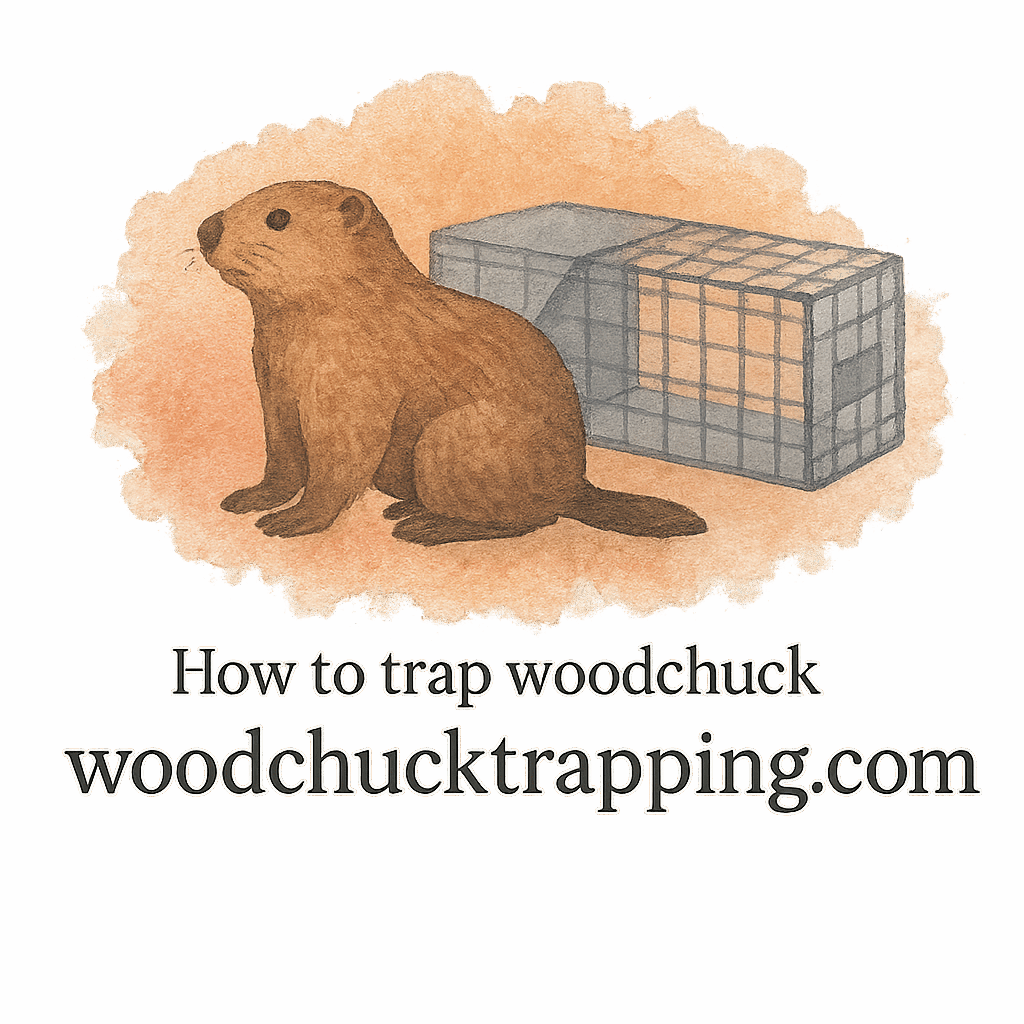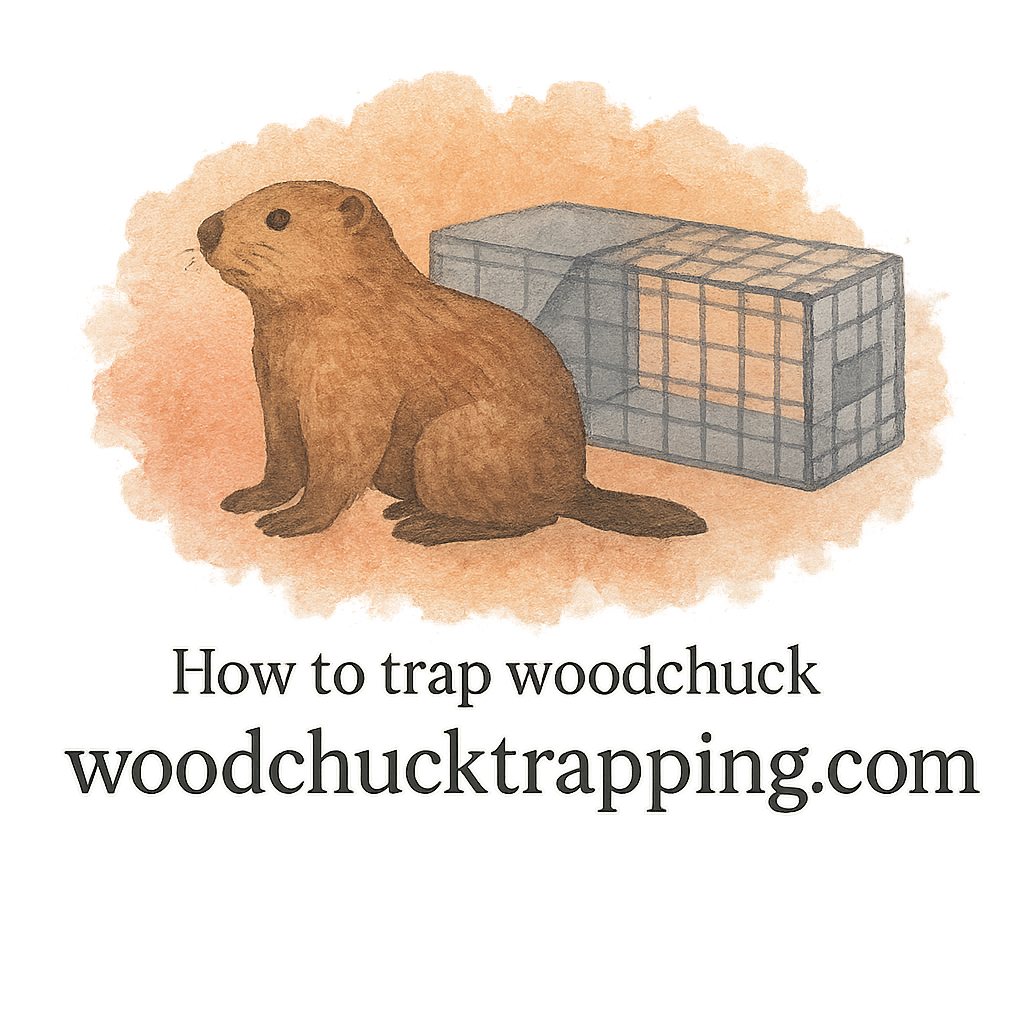Introduction
Let’s be honest: dealing with a woodchuck problem can drive you a little nuts. These furry, burrowing creatures are notorious for tearing up gardens, digging massive tunnels, and making your once-perfect lawn look like Swiss cheese. If you’re looking for a fast and effective way to get rid of them, you’ve come to the right place. The secret? Homemade baits—simple, inexpensive, and surprisingly effective. Let’s dig in.
Why Baiting is the Secret to Fast Woodchuck Trapping
Baiting is more than just putting food in a trap. It’s about understanding what makes a woodchuck’s nose twitch and belly growl. Homemade baits give you the flexibility to use fresh, enticing, and non-toxic ingredients that are readily available in your kitchen or backyard.
By mastering baiting, you’re already halfway to winning the battle. The other half? Smart trap placement and the right gear. For detailed guides, check out our page on trapping techniques.
Understanding Woodchuck Behavior and Food Preferences
What Do Woodchucks Eat?
These critters are strict vegetarians. They love soft, leafy greens and sweet fruits. Think of them as your garden’s worst foodie—devouring your lettuce, cucumbers, and melons like it’s a five-star buffet.
Seasonal Preferences Matter
In spring and early summer, they crave moisture-rich veggies. As fall approaches, they switch to calorie-dense fruits to bulk up for winter. Timing your bait type can significantly increase your trap’s success.
Essentials Before You Start Baiting
Legal Considerations and Safety
Before you grab that trap and start baiting, check your local trapping laws. Many areas have strict guidelines on humane capture, relocation, and safety protocols. Our laws and safety section is a must-read before you begin.
Tools of the Trade
You don’t need fancy gadgets, but quality gear matters. Good traps, proper gloves, and scent blockers make a big difference.
Must-Have Equipment for Effective Baiting
See our equipment reviews for insights into the best compact traps, tools, and other essentials.
Proper Use of Gloves and Scent Control
Woodchucks are scent-sensitive. Always wear gloves to avoid human scent contamination. Consider lightly rubbing the trap with grass or dirt to help it blend in.

6 Homemade Baits That Attract Woodchucks Fast
Let’s get to the juicy part—literally. Here are six proven, homemade bait ideas that work fast and cost next to nothing.
1. Sweet Corn with Peanut Butter
This one’s a classic. The corn offers freshness and crunch, while peanut butter adds a strong, irresistible smell. Smear it directly onto the corn or the trap floor.
2. Apple and Carrot Combo
A sweet and crunchy duo that works like a charm. Chop both into small chunks, mix, and scatter near the trap entrance and inside.
3. Cucumber and Lettuce Salad Trap
Woodchucks love cool, crisp veggies. Toss fresh lettuce and sliced cucumber into the trap like you’re prepping a mini salad bar.
4. Melon Chunks with Vanilla Extract
Melons are naturally sugary, but adding a few drops of vanilla turns the bait into an aromatic powerhouse. Watermelon or cantaloupe works best.
5. Fresh Clover and Dandelion Greens
Straight from your backyard, this blend mimics their natural diet. For best results, pick fresh clover in the morning when it’s still dewy.
6. Bread with Anise or Licorice
The scent of anise or licorice has been found to attract woodchucks effectively. Soak a slice of bread with a bit of anise extract and place it inside the trap.
For more lure advice, visit baiting and luring and explore related tips like trap scent and scent bait.
How to Set the Trap Right for These Baits
Positioning Matters
Set the trap at an angle along their regular path or near a visible burrow. Camouflage it with leaves or grass if needed.
Choosing the Right Trap for Your Yard
Have a small yard? No worries. Use compact traps designed for minimal space setups. Browse minimal space guides for tips.
Common Mistakes to Avoid When Baiting
- Using spoiled food
- Touching bait with bare hands
- Placing bait too far inside the trap
- Not securing the trap properly
Avoid these and you’ll increase your catch rate significantly.
Enhancing Homemade Baits with Scents and Lures
Use of Commercial Lures with Homemade Baits
Blending DIY baits with store-bought lures can supercharge effectiveness. Just a drop of lure on homemade bait can make a big difference.
Boost Effectiveness with Scent Trails
Create a scent trail from the burrow to the trap using bait juice or crushed veggies. It’s like rolling out a red carpet for the little digger.
How to Know If Your Bait is Working
Signs of Woodchuck Activity
Check for fresh digging, tracks, or half-eaten bait. These signs mean you’re on the right track.
Evaluating Trap Performance
If the trap hasn’t caught anything after 48 hours, try a new bait combo or move the trap slightly. Sometimes it’s all about minor tweaks.
What To Do After You Trap a Woodchuck
Safe Handling Techniques
Never touch a trapped animal directly. Use gloves, cover the trap with a cloth to calm it, and relocate it as legally allowed.
Humane Relocation or Legal Disposal
Check your state laws or visit our humane trapping section to learn about ethical ways to deal with the captured animal.
Prevention Tips: Keeping Woodchucks Away for Good
Once the critter’s gone, prevent another invasion. Here’s how:
- Install mesh fencing around your garden.
- Remove debris and cover burrow holes.
- Use natural repellents like garlic or castor oil.
Our prevention and damage guide offers a full breakdown.
Conclusion
Getting rid of a pesky woodchuck doesn’t require an exterminator or expensive traps. With a bit of knowledge, the right bait, and some clever placement, you can outsmart these garden-gobbling groundhogs. Homemade baits not only save money—they can be even more effective than commercial options when used correctly.
Pair these baits with proven trapping techniques, use proper trap gear, and avoid common errors. You’ll reclaim your yard in no time.
FAQs
1. What’s the best time of day to bait a woodchuck trap?
Early morning or late evening—when woodchucks are most active.
2. How often should I replace the bait?
Every 24–48 hours to keep it fresh and enticing.
3. Do woodchucks avoid traps with human scent?
Yes, they do. Always use gloves and avoid touching bait with bare hands.
4. Can I use pet food as bait?
Not recommended. Woodchucks are herbivores and prefer fruits and veggies.
5. What trap size is best for woodchucks?
A medium-sized live trap (10″x12″x32″) is ideal.
6. Should I bait inside or outside the trap?
Both. Scatter a few pieces near the entrance and place the bulk inside.
7. Are there natural repellents to use after trapping?
Yes—garlic, castor oil sprays, and predator urine can help deter them.


